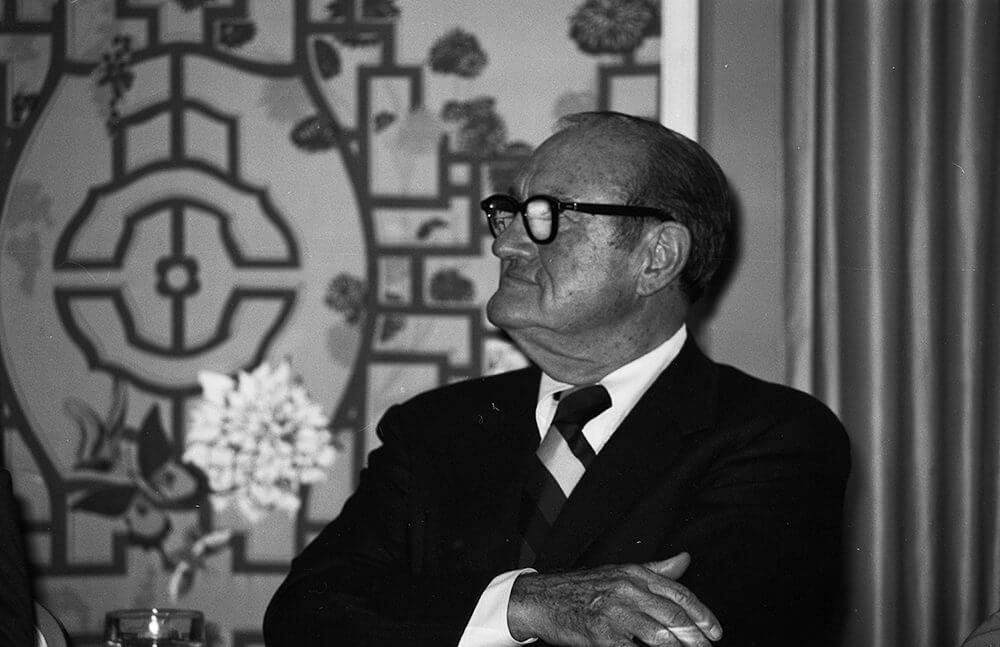People Change But Not Very Much
L.D. Pankey famously said, “People change but not very much,” and hearing this for the very first time represented an “aha moment,” as it put into proper context an important realization I had previously ignored.
As dentists, we know a lot, and we have worked very hard to acquire that knowledge. As a consequence, we naturally want to use it to help others. But there’s a problem. Often times others act like they don’t want to be helped. Often times others act like they don’t want to be better. Often times others act like they don’t want to map a course toward a higher level of health. So, we struggle to make sense of it and even judge others as a result of it.
Developmental psychologist Jean Piaget, PhD told us that the motivation to change comes from within the individual, from their perception that they’re in a state of “disequilibria,” wherein what they’ve been doing in the past (including what they believed to be true) isn’t producing the outcome they want. And as a consequence, the person is confronted with an uncomfortable truth. They can’t keep on doing what they have been doing and expect a different outcome. They’re going to have to suffer through some personal change if they sincerely desire to experience something different in their life. And executing the change is going to cost them something namely time, energy, and money. In other words, significant change can’t be done for them or to them. It’s an “inside-out” process that they will have to do for themselves.
Some people will look at their need to change and ignore it. They will say to themselves the cost is too high for them to pay, or they will simply rationalize away their need to change in an elaborate form of denial. Others will immediately confront the challenge, learn what they need to know, figure out a way to pay the price, and move on. So, what’s the difference between these people?
Perception… values… readiness.
What Can We Influence?
In our world as dentists, we can build up a person’s understanding of their situation through CoDiscovery, and therefore we can facilitate how they frame, prioritize and think about what they have learned. But we can’t make them change. We can’t cause them to act. We can only honor where they are with it all and stand ready to assist them when they are ready to move forward.
Significant change often requires a change in a person’s value structures and the hierarchy of those structures. Piaget called changes of this type “accommodations. Piaget said that they are made at the person’s own pace after the person senses that he or she is in a state of disequilibria. And so, Dr. Pankey was right. Those who change do so not because we are highly skilled at “case presentations.” They do so because they want to, and it may occur only a little bit at a time.
Related Course
E2: Occlusal Appliances & Equilibration
DATE: June 22 2025 @ 8:00 am - June 26 2025 @ 2:30 pmLocation: The Pankey Institute
CE HOURS: 44
Dentist Tuition: $ 7400
Single Occupancy with Ensuite Private Bath (per night): $ 345
What if you had one tool that increased comprehensive case acceptance, managed patients with moderate to high functional risk, verified centric relation and treated signs and symptoms of TMD? Appliance…
Learn More>







